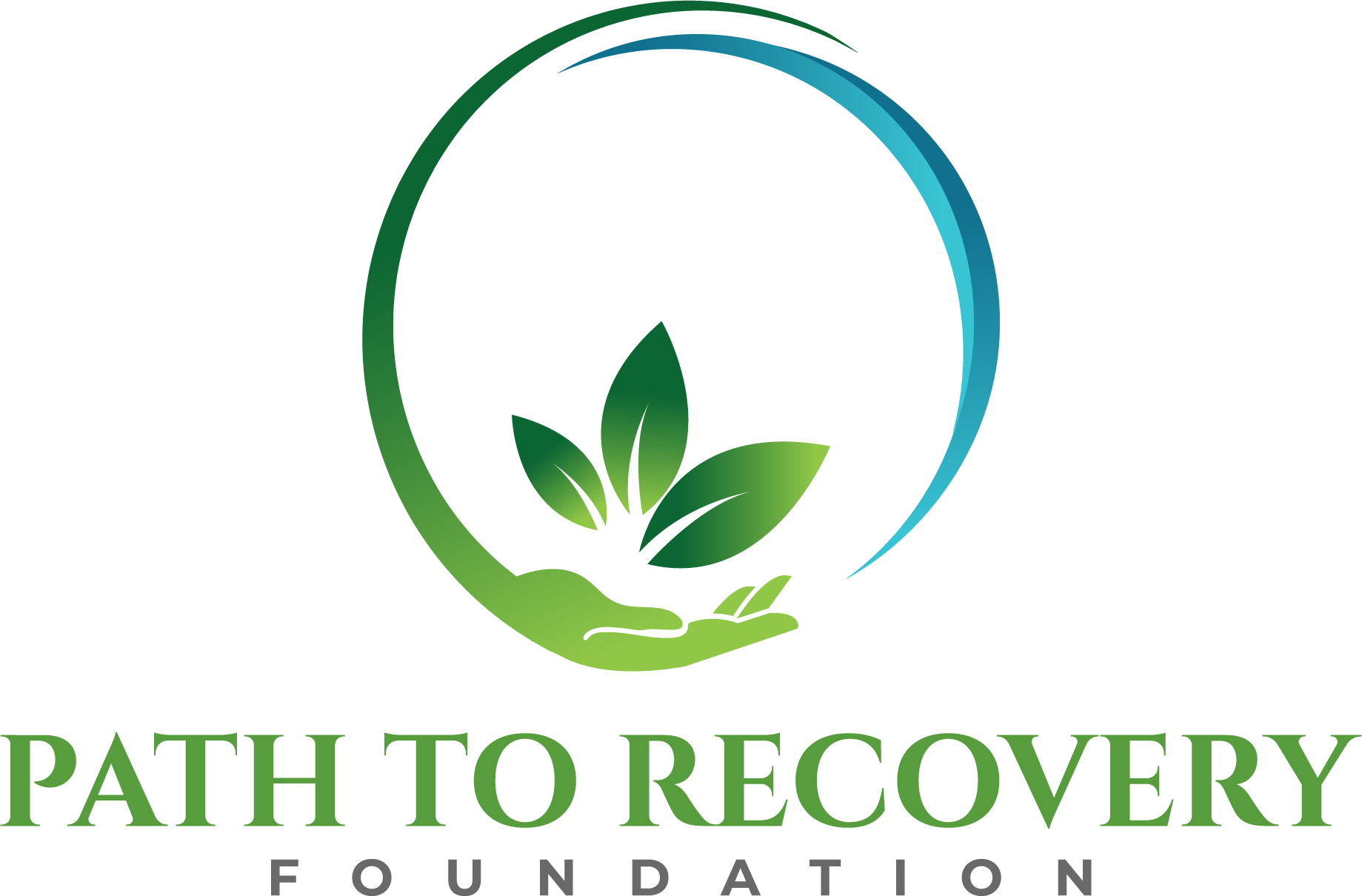Sober Living Guide
Addiction is considered a chronic disorder, with substance use disorder abuse relapse rates running from 40% to 60% according to the National Institute on Drug Abuse. The Journal of Addiction published an article in 2016 indicating that the relapse rate for opioid addicts ranged from 72% to 88%.
Sober living homes, sometimes referred to as transitional living arrangements, halfway houses, or recovery residences, can be a step down from formal substance abuse treatment and rehabilitation programs. These homes can offer an in-between option for individuals after completing a treatment program and before returning to their homes and lives. This transition can provide continued support while residents learn to apply newly learned tools and skills for becoming self-reliant and remaining drug- or alcohol-free in a community environment.
Anyone who feels they need more time to solidify habits and coping mechanisms before they return to everyday life should consider a sober living home. Sober living homes are drug and alcohol free living environments for people who want to be abstinent from substances and maintain their recovery.
Disclaimer: The material presented on this site is included with the understanding and agreement that PATH is not engaged in rendering medical or other professional services by posting such material. The material presented is intended for informational purposes only and is not intended as professional advice and should not be construed as such. PATH does not suggest that one recovery strategy, facility or after-care program will work over another. Our goal is solely to assist and educate families with loved ones who suffer from the disease of addiction. If you have any questions, please contact us.
